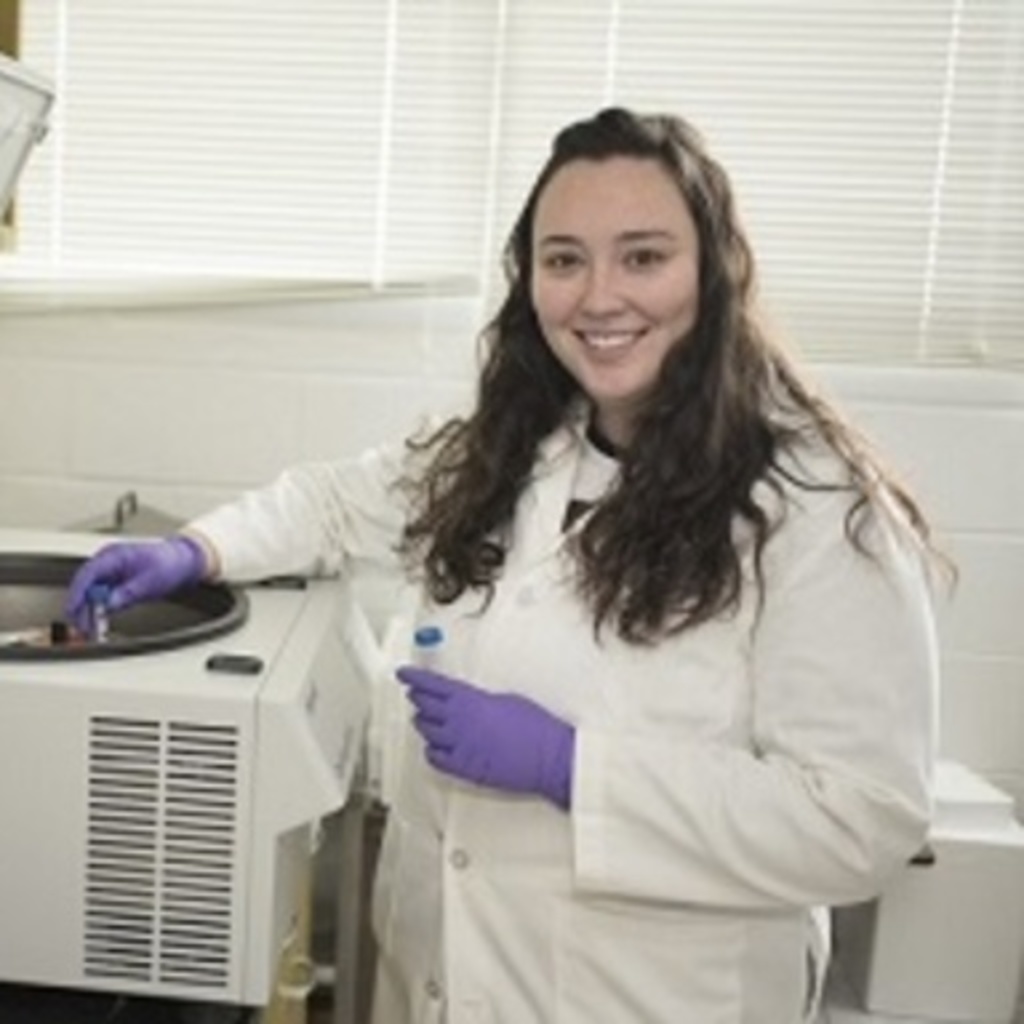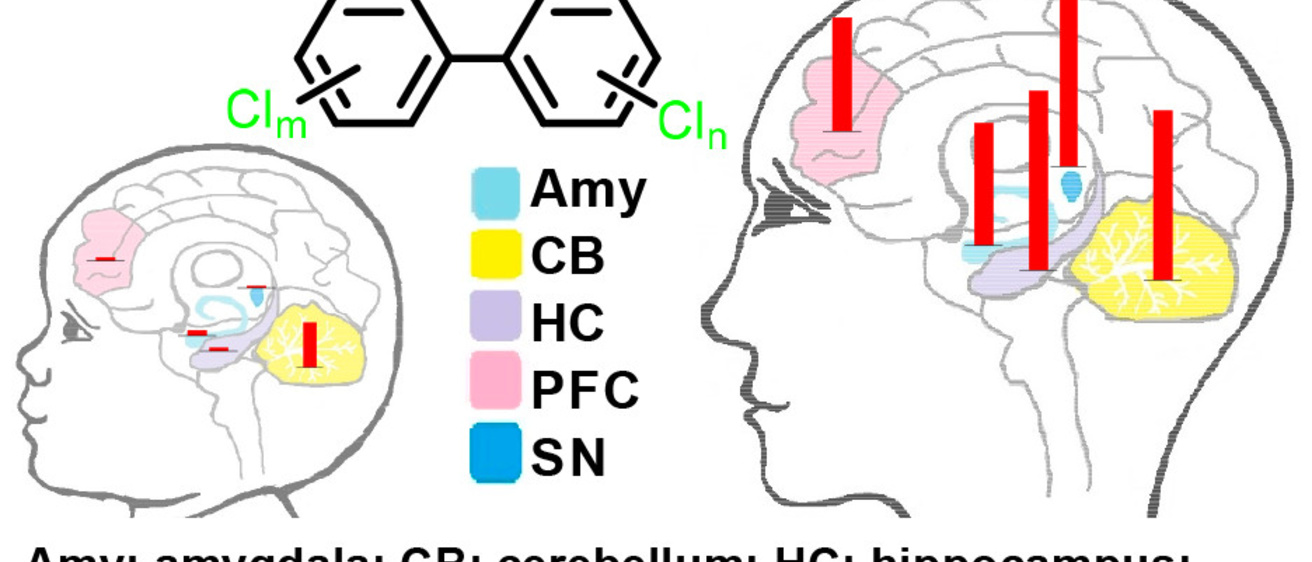Main navigation
Airborne PCBs and Their Metabolites: Risk Factors for Adverse Neurodevelopmental Outcomes in Adolescence
Studies by the Iowa Superfund Research Program demonstrate that inhalation of indoor air, especially in U.S. schools contaminated with PCBs represents a current public health concern for U.S. adolescents. Although the adolescent brain is vulnerable to the toxicity of PCBs and their metabolites, information regarding the neurotoxicity of human metabolites of airborne PCBs—which differ significantly from those formed in rodents—is currently not available.
Goal: Characterize the contribution of airborne PCBs and their metabolites to PCB neurotoxicity following exposure to airborne PCB congeners detected in indoor air of U.S. schools and, as a consequence, in school children and adolescents.
Objective: Inform future risk assessment by defining the link between neurotoxic PCB metabolites present in the brain and neurotoxic outcomes following adolescent exposure.
Aims:
1) Identify cellular sites and targets of airborne PCB metabolites vs. parent compounds responsible for neurotoxicity in vitro.
2) Characterize the region-specific biotransformation of PCBs and PCB metabolites with in vitro models and in the adolescent rat brain in vivo.
3) Determine the effects of human metabolites of airborne PCB on biochemical markers of PCB neurotoxicity and behavioral outcomes in rats exposed throughout adolescence in vivo.
Project Team

Hans-Joachim Lehmler, PhD

Jonathan Doorn, PhD

Michael Duffel, PhD

Laura Gosse-Dean

Donna Hammond, PhD

Neha Paranjape

Hanna Stevens, MD, PhD

